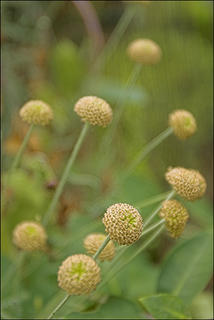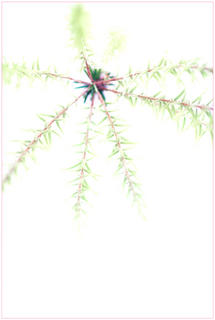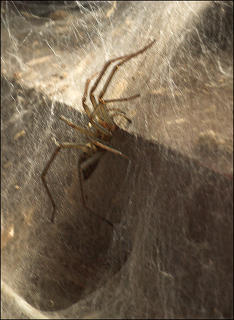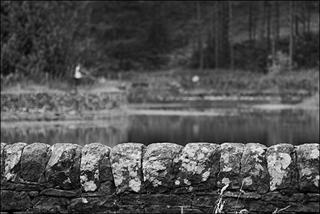Exercise #3 Plagiarism


 OK this is an attempt to come close to the FP images in p151,152 and 153 in the book. The spiders web shots for me are just soooo impressive. I love the way the droplets come in and out of focus, together with the bokeh of a fine lens. Awesome.
OK this is an attempt to come close to the FP images in p151,152 and 153 in the book. The spiders web shots for me are just soooo impressive. I love the way the droplets come in and out of focus, together with the bokeh of a fine lens. Awesome.So, this morning on the way to work the mist was low, the scenery was limited to just 50 yards in any direction, what better chance to try a dew and web shot. I think last time I learned that I had to be closer in, so this time I used the 100mm macro lens plus a 25mm extension tube plus a 2x converter (more experimentation).
The webs out in the peak district appear to be much larger and more robust than those in the garden, and they are very much more accessible.
I found one where I could get a really good angle and set up the tripod. The wind was the only real problem in that it kept the web continually moving. I also found that I needed to use f8 - f11 in order to make the droplets recede more slowly.
I think this has worked out really well, but maybe still needs to go closer to get that p151 feel.


























